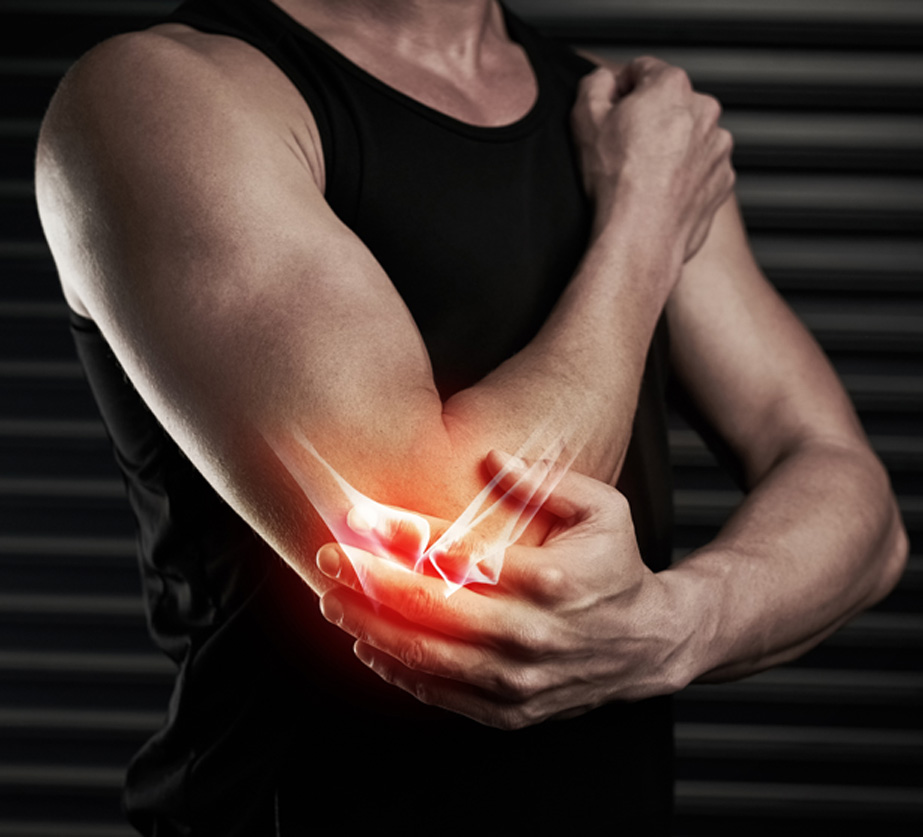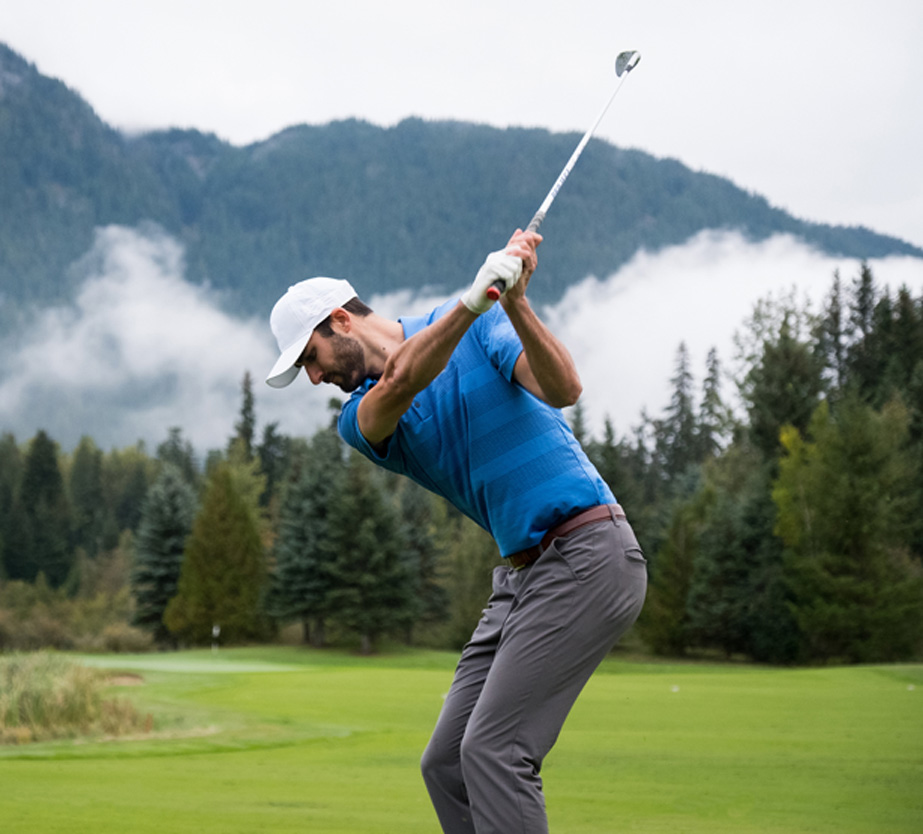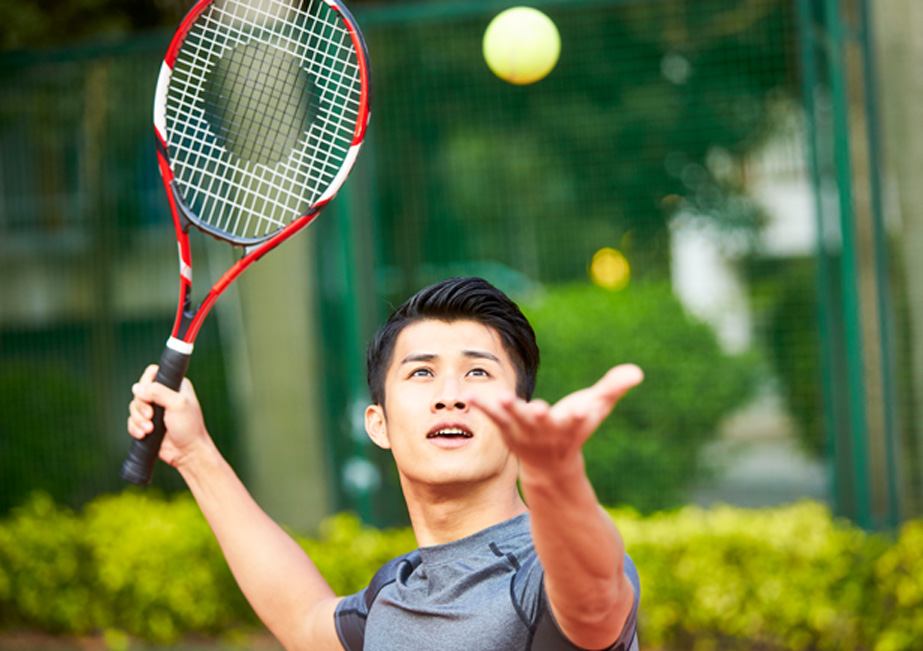
Golfer’s elbow (flexor tendinopathy) is a condition that causes pain on the inside of the elbow, while tennis elbow (extensor tendinopathy) causes pain on the outside of the elbow.
Tennis players and individuals who repeatedly use their wrists or clench their fingers are also at risk of developing golfer’s elbow.
Symptoms of Golfer’s Elbow
Signs of the condition include:
- Pain and tenderness on the inner side of the elbow
- Pain that extends along the inner side of the forearm
- Pain that worsens with certain movements
- Stiffness in the elbow
- Pain when making a fist
- Weakness in the hands and wrists
- Numbness or tingling that may radiate into one or more fingers
Risk Factors of Golfer’s Elbow
The following risk factors increase the likelihood of developing golfer’s elbow:
- Racket sports (improper technique, excessive use of topspin, using a racket that’s too small or heavy)
- Throwing sports (improper pitching technique, playing sports such as football, archery and javelin throwing)
- Weight training (improper lifting technique)
- Forceful, repetitive occupational movements (construction, plumbing, carpentry)
- Age 40 or older
- Obesity
- Smoking
- Performing repetitive activity at least two hours each day
Symptoms of Tennis Elbow
Signs of the condition include:
- Difficulty shaking hands or gripping an object
- Difficulty turning a door knob
- Difficulty holding a coffee cup


Risk Factors of Tennis Elbow
The risk of developing the condition may increase if the individual:
- Uses plumbing tools
- Paints
- Drives screws
- Cuts cooking ingredients, especially meat
- Uses the computer mouse repetitively
- Is between the ages of 30 and 50
- Engages in certain sports, such as racket sports, and uses poor stroke technique
Diagnosing Tennis Elbow and/or Golfer’s Elbow
During an initial consultation, the doctor may apply pressure to the affected area and ask the patient to move their elbow, wrist and fingers in various ways. The physician will also ask about the patient’s medical history, occupation and hobbies.
- X-ray to rule out fracture or arthritis
- MRI to obtain a more comprehensive view of the injured tissue
What Are Lateral and Medial Epicondyle Injections of PRP?
Platelet rich plasma (PRP) can be injected to treat golfer’s elbow and tennis elbow. PRP can help enhance soft tissue regeneration processes by releasing cytokines, platelet-derived growth factors, and other proteins capable of reducing inflammation. PRP injection is the best studied-intervention for tennis elbow and studies suggest PRP is more effective than steroid injections.
What to Expect During the Procedure
The procedure begins with the physician drawing about 30 milliliters of the patient’s blood from their arm. The blood is then put into a centrifuge where the four main blood components are separated, and the platelet rich plasma is removed. The plasma is then injected into the elbow to support healthy growth in the injured soft tissue. The risk of reaction is very low because the PRP is extracted from the patient’s blood.
The entire procedure takes less than 15 minutes. Some patients may require one to three injections, spaced four to six weeks apart.

